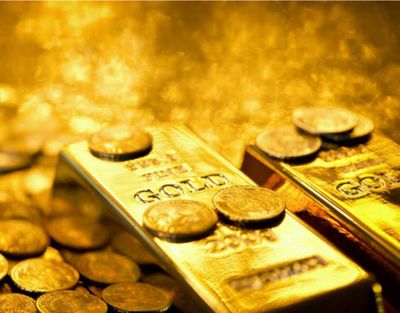Tracing the Process of Gold from Raw Material Extraction to Commerce Distribution
Wiki Article
Au has been a valuable commodity for thousands of years, cherished not only for its beauty but also for its practicality in various industries. The path of gold begins with ore recovery, a technique that involves extraction. Miners hunt for gold reserves in the earth, which can be found in different shapes such as nuggets or grains associated with other minerals. There are several methods of mining, including placer mining and hard rock mining. Placer mining involves locating gold in watercourses, while hard rock mining requires digging deep into the ground to remove gold-bearing rocks. Both methods can be demanding and require careful preparation to be successful.
Once the ore is removed from the ground, it must be handled to separate the gold from other substances. This operation usually starts with breaking the ore into small pieces, making it easier to manage. After grinding, the ore is processed with compounds to dissolve the gold. One common technique is using cyanide, which attaches to gold and allows it to be separated from other minerals. This step is crucial because it improves the quality of the gold and prepares it for further processing. The remaining residues are discarded as tailings, which must be controlled properly to avoid environmental harm.
After the gold is extracted from the ore, it goes through treatment to achieve a higher level of purity. This step often involves smelting the gold at raised thermal levels to remove contaminants. Various processes can be used for refining, including electrolysis and furnace refining. Electrolysis uses electricity to separate impurities from refined gold, while cupellation involves subjecting gold in a refining furnace that absorbs unwanted substances. The final product is typically 99.9% refined gold, ready for use in ornaments, technology, and other purposes.

Once refined, gold is fabricated into ingots or coins site here before being shipped to trade centers around the world. Gold ingots are Related Site commonly used by investment firms as a form of reserve asset or reserve asset. Rounds are often manufactured for collectors or general exchange, depending on their pattern and scarcity. Sales networks include wholesalers and dealers who sell gold goods to consumers. The value of gold shifts based on market demand and supply conditions, impacting how it is sold and traded globally.
The entire lifecycle of gold from ore extraction to commercial supply highlights the detail of this valuable metal’s value chain. Each step requires accuracy and knowledge to ensure that the final product meets industry standards and addresses consumer needs. Recognizing this lifecycle not only explains how precious materials are procured but also draws attention to the importance of ethical mining that preserve both populations and the environment. As global gold demand continues around the international markets, valuing this process ensures that we value its role beyond mere appearance, emphasizing its contribution in our economy and culture.